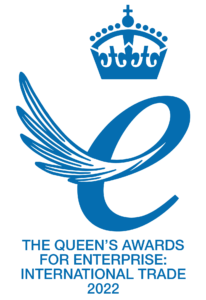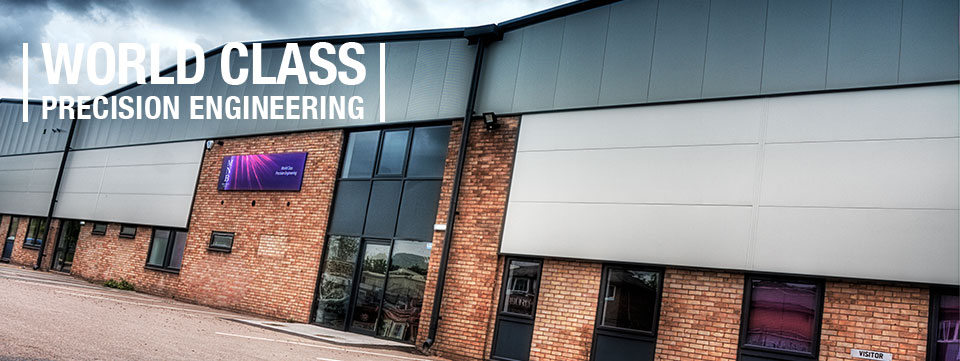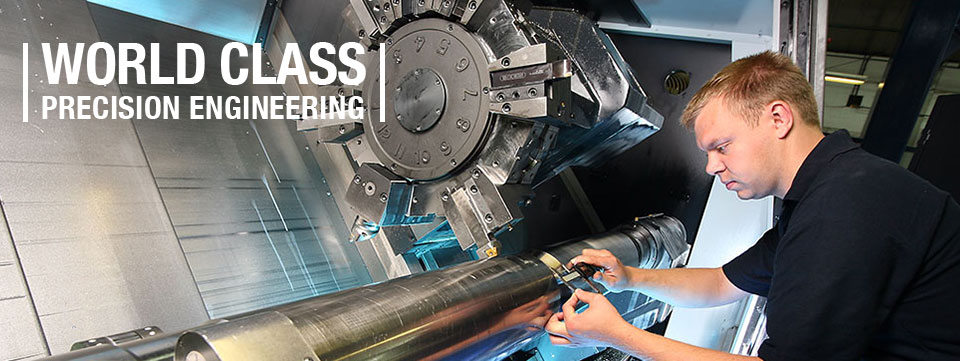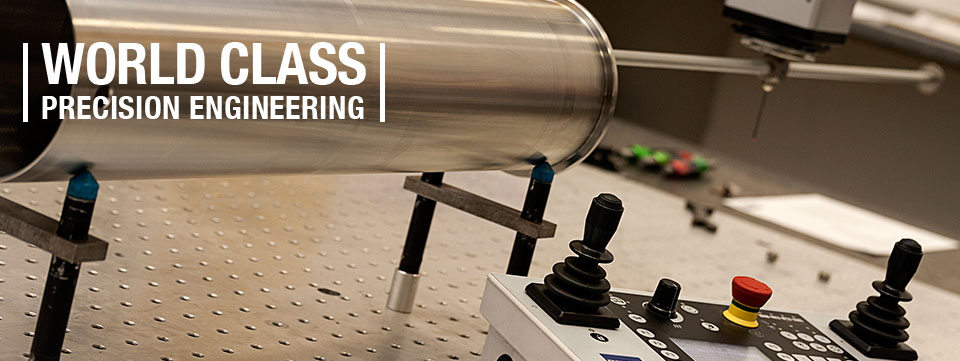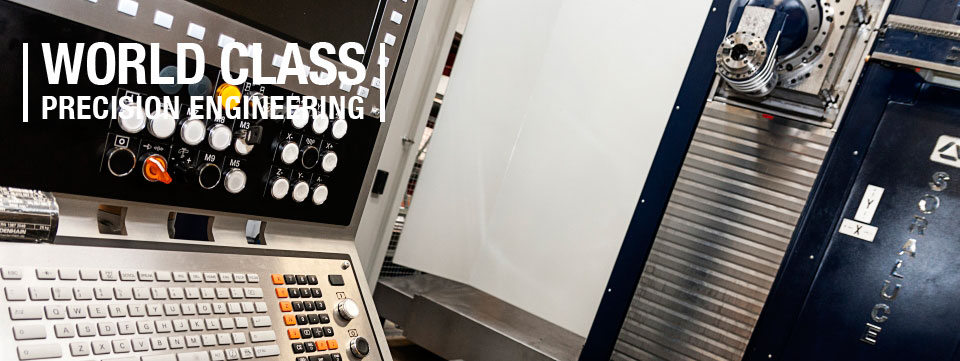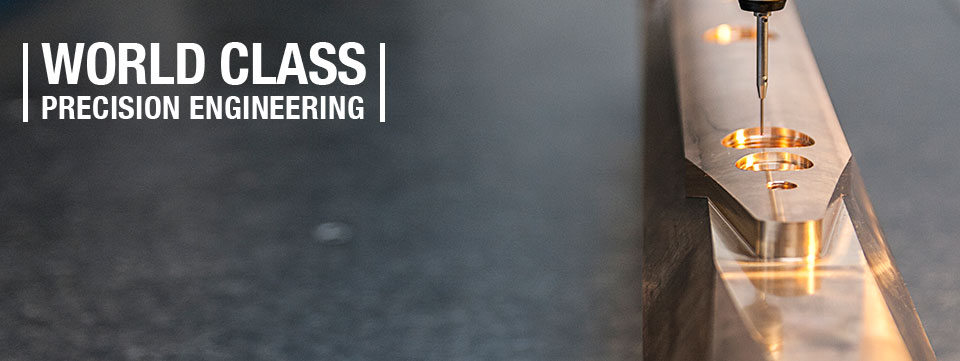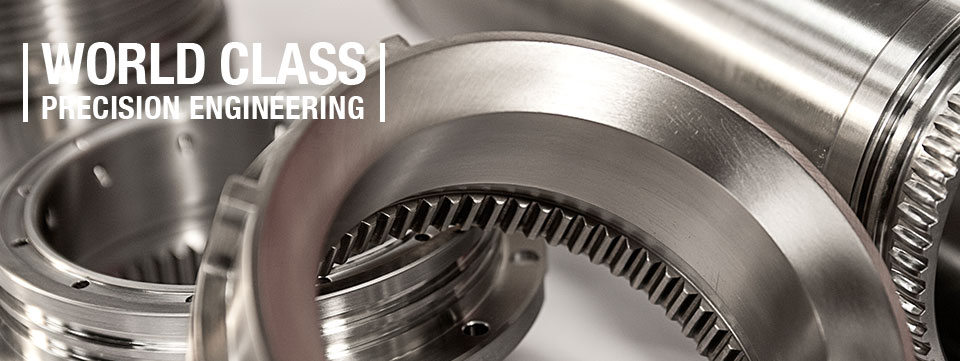MNB Precision Incorporate CQual’s 6s Methodology
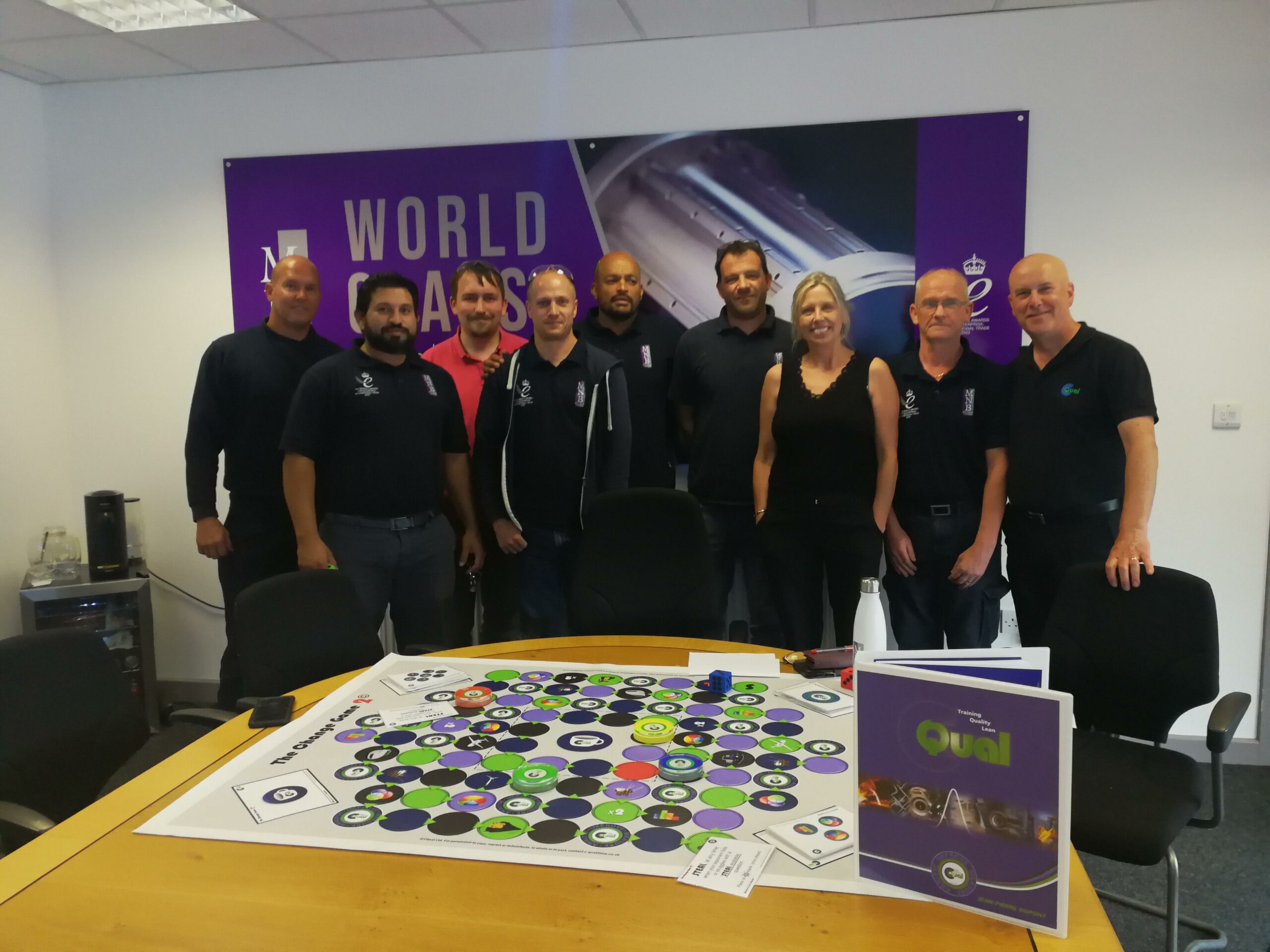
Here at MNB Precision we take our working and training protocols extremely seriously. Therefore, we have been working with a company called CQual to incorporate their 6s methodology at MNB.
5s means ‘Workplace Organisation’, making it easier for us to find and place tools and equipment. This allows us to reduce processing times and work ‘flows’ through giving our customers their product in a quicker time. 6s takes on these 5s rules with ‘Safety’ added. You can learn more about this below.
What Is 6s Methodology?
There are 5 original Japanese words, Seiri, Seiton, Seisō, Seiketsu and Shitsuke that are roughly translated into English and included in the 5s and 6s methodologies as:
-
Sort – Remove unneeded items
How often have you wasted time looking for the correct tool or document because a pile of ‘unneeded’ junk was in its way? Climbing over boxes, pulling items to one side, flipping through papers just to get to what you need?
In the sort phase we remove everything that is not required. If in doubt, place it into a ‘redtag’ zone for later appraisal.
-
Set – A home for everything
How often have you wasted time looking for documents or equipment in a poorly managed cabinet or toolbox, even when everything you see is required for day-to-day work?
In the set phase we organise everything so that it is easy to find and easy to replace.
-
Shine – Cleaning and inspection
Yes, painting and cleaning makes the workplace more pleasurable to be in, however, one of the main reasons to clean is that as we clean, we inspect. We have the chance to spot minor defects and discrepancies that can be quickly addressed. It is much more difficult to spot problems when areas are dirty and poorly kept.
-
Standardise – Implement across the site and support from managers
In this phase we should introduce practices and methods that ensure a LEAN approach to keeping those first 3 phases in control. The supervisors and managers role at this stage is to ensure the new systems are followed and the first 3s’s are maintained.
-
Sustain – Habitual nature is achieved where nobody needs reminding
Driven from the very top, a sustained 6s program has the potential to transform any organisation particularly when used with other Lean and improvement tools. Sustain is achieved when personnel follow the system without being reminded. You could say 6s has become second nature.
And of course, if we do the above, we will have a safer place in which to work.
6s methodology is a Lean tool derived from 5s methodology with ‘Safety’ added.
Both stand for ‘Workplace organisation’ and help to find and place tools and equipment. They mean that processing time is reduced and work ‘flows’ through giving the customer their product in a quicker time.
The Wastes 6s Methodology Tackles
6s is a very powerful LEAN tool that helps reduce the 8 Wastes. 6s is often the preferred title as companies add in and emphasise Safety as a critical element of workplace management.
Lean is a way of life. It is not a fad, or a single quality tool or flavour of any month or a one-time event. It is a series of ongoing, never-ending improvements, involving every single person in the organisation, looking at ways to carry out work that reduces non-value added (NVA) activities and focusses on value added tasks. Products should ‘flow’ through our processes and reach customers exactly when they need them. In a Lean approach we strive to identify and reduce or eliminate the obstacles (waste) that negatively impact this ‘flow’.
There are 8 wastes to tackle. We use the acronym DOWNTIME to help us remember those wastes.
Defects
If it is the wrong size or colour or is damaged, we must fix it or remake it, and that costs time and money. This also uses up resources that would have been used for the next order. Zero defects would be ideal and is a vision adopted by many companies.
Over-production
Making more than is needed, hoping the customer will buy them is wasteful. In LEAN the JIT (just in time) approach is used ensuring we only make what the customer asked for.
Waiting
There are a few types of waiting. Waiting for materials. Waiting for tools. Waiting for decisions. Waiting for documents. Waiting for equipment, especially unplanned maintenance. In all these cases, the job STOPS, reducing flow.
Non-utilisation of talent
This is often cited as the worst waste of all. Not equipping personnel with the necessary skills and expertise to perform tasks and not listening to employee ideas and feedback is a terrible waste of a golden resource.
Transport
This is the unnecessary movement of materials back and forth between processes. Spaghetti diagrams can be drawn to demonstrate how far a product moves in its production cycle. The legs of the diagram can then be assessed and reduced if possible.
Inventory excess
This is carrying too much stock of raw materials hoping that an order comes along where the material can be used. Sometimes obsolete material is kept, for years, in the hope that an order is found where the materials can be used. Offices may store box upon box of paper and general stationery. In both cases, we negatively impact cashflow.
Motion
Even when tools, equipment, documents, and materials are properly identified and kept in the correct quantities, if people must move to get to them, this is unnecessary motion. Typically, equipment is not where it should be, and motion is worse.
Excess processing
Adding more value than the customer has paid for. Surface finish excessively smooth when it is not needed. Grinding supplied bars when they could have arrived ‘right first time’, both are common examples of excess processing.
6s methodology is not about making things look pretty or tidy or impressive. It is about ‘Workplace Organisation’.
It is being able to find the right tools, documents, measuring devices, cleaning paraphernalia, maintenance equipment, tea, and coffee. It is knowing where to put them back when you have finished with them.
‘A place for everything and everything in its place’.
A fortunate side effect of introducing a 6s program, workplaces are tidy, easy to work in and often impressive when compared to previous arrangements. Customers will remark on how well a department or facility looks when visiting a workplace that has been effectively organised using 6s. Therefore, the MNB has been incorporating this methodology.
Back to News

